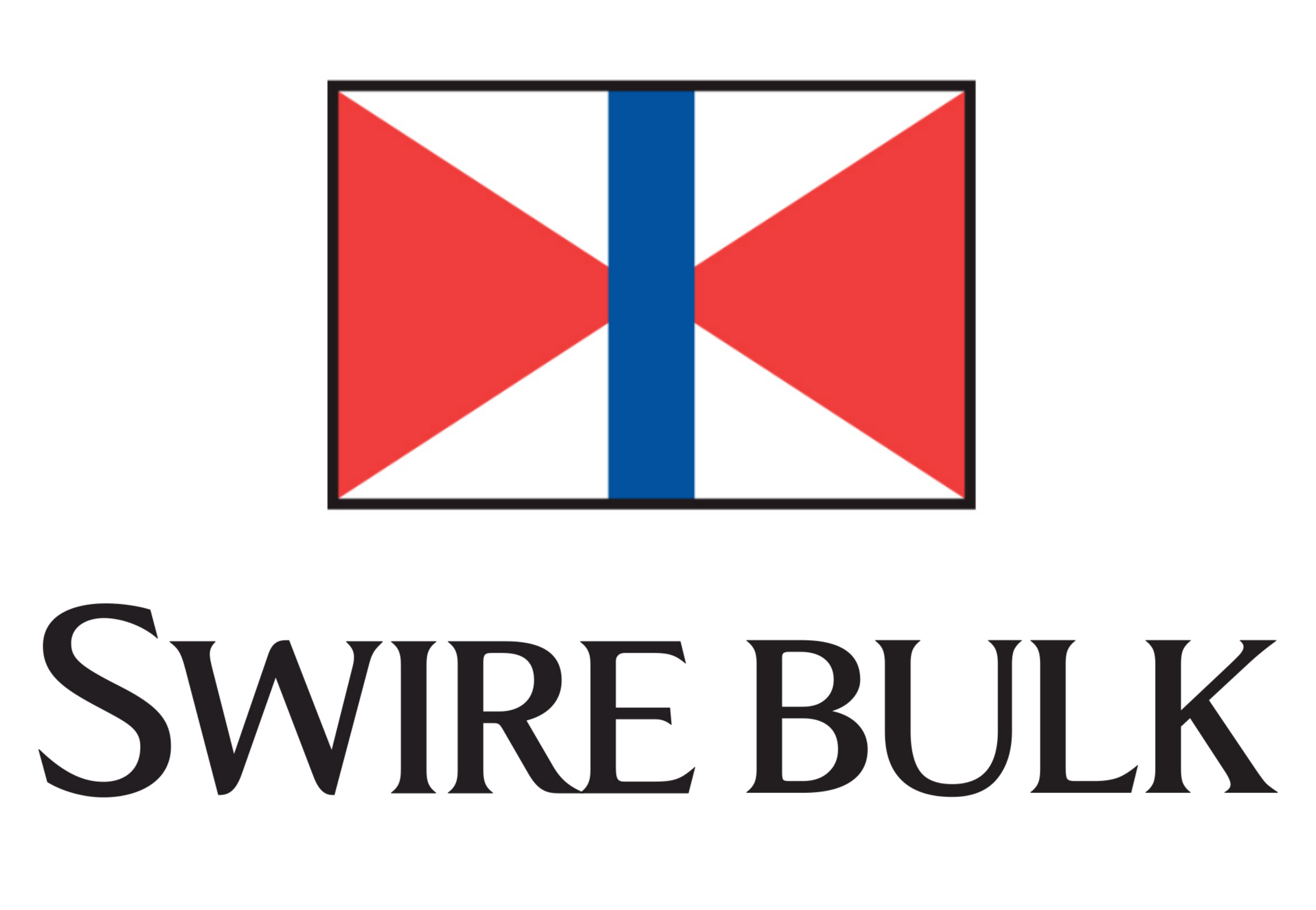
Although fossil fuel may be the energy source of the past, for now, coal remains a key driver in the industrial rebound from COVID-19.
Coal consumption is made up of two distinct categories: coking coal and thermal coal. Coking coal (or metallurgical coal), is a key element used in steel production. It’s typically more valuable than thermal coal, which is used to fire electricity plants.
As of March this year, G20 Nations had spent 15 Trillion USD to help them through the COVID-19 pandemic, with Germany, Japan, USA in the trillion dollar club, and China just shy of membership. These four powers alone spent close to 10 Trillion USD on their decimated economies.

As four of the largest players in the seaborne export trade, it should come as no surprise that Dry Bulk Freight Rates should record their best year for more than a decade in 2021 (by a very long margin).


A spike in coal in demand to fuel furnaces and power plants is leading seaborne demand at present. The electricity and steel industries have been the major beneficiaries of the G20 spending.
However, it’s not just coal prices that are being boosted by global government spending, Iron Ore, Grains, Steel and Lumber are also approaching decade highs.
Forward freight futures are now starting to see a robust flow of funds into 2022 and 2023 contracts, indicating that supply chains reliant on vessels are beginning to hedge their bets.
Such strength in commodity flows should be with us for at least the next 18 months.
After a decade of misery, ship owners are beginning to see the silver lining at the end of this COVID cloud.

Other Opinions You Might Be Interested In…













